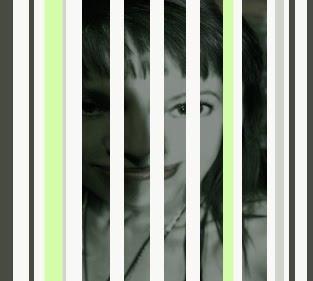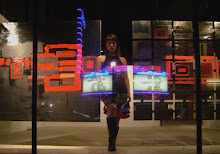March 2006. The Arts District Citizen, Los Angeles by Birgitte Moos. Review of Parsifal, directed and designed by Robert Wilson at The Los Angeles Opera Robert Wilson is an American theatre director and scenic designer, known for being experimental in the cutting edge theatre scene, using a theatrical language where theatre becomes performance, while still being rooted in classical theatre and opera.Wilson, born in Texas in 1941, educated at the Pratt Institute in New York where he studied architecture. He is the founder of The Watermill Center at Long Island. A cross disciplinary art school, where artists comes from all over the world, to become inspired in the spirit of this leading avant-garde theatre novice.
He has staged numerous productions over the last three decades throughout the world, including works as Salome, Madame Butterfly, Parsifal, Deaf Man Glance, The Life and Times of Joseph Stalin, The CIVIL wars and Einstein on the Beach.
Wilson has been working with outstanding artists such as Philip Glass, the German director Heiner Muller, the legendary David Burne, Lou Reed, Laurie Anderson, William Burroughs,, Jessie Norman, Susan Sontag, and Tom Waits.
His theatrical interpretations consists of almost empty stages and stunningly beautiful lighting designs. Nonlinearity defined through combining different art forms into total art works, where movement, music, visual art and design are fused together into a new formula for stage work. Movements and visual effects become more descriptive rather than words being central in shaping meaning.
Wilson is directing actors into mechanistic movement patterns that usually not represent their engagement in emotional content. It seems as if the mere fact is, that the actors have to move from point to point as if counting numbers internally, while exercising the movements as practical transportation in order to create or deconstruct the story. This could be a comment on that deconstruction could be applied as an analytical method of seeing literature, architecture and so forth as that language and trends are unstable.
The works of Robert Wilson stands solely out, in this time with tendency of confusion. He masters the walk of the double-edged sword, being able to assemble the blade so that it cuts clear through centuries of scenic art forms. His imaginary visual compositions leads reason towards consciousness about philosophical, defragmented cultural expressions and connects them in soul full footprints, sliding through time and space so clearly as any intuitive and abstract intuitions about life content and communication. Communication, collaborating through music, song and body language.
Wilson’s directing is atypical in the sense of that nothing typical appears. He connects so named traditional dramatic expressions in new images, that moves slow-motoric through almost clinical yet painterly spaces, converting instructions in a written play into bodily language and executing these, one instruction at a time.
Wilson is popular in Europe. This is possibly a reaction to his nonverbal visual communication. Speakers of different languages can understand the content. Hereby not said that the audience subtracts the same content. The content is though of universal questions and ethical interactions, with outstanding ability of transferring settings and emotional content into abstract, suggestive landscapes and motions.
Wagner’s opera Parsifal, performed at the Dorothy Chandler Pavilion, is transformed into a zen-buddhistic, meditational stage version. Parsifal is a 41⁄2-hour joyous meditation on physical focus and presence. Dreamlike stunning scenic settings created through set and lighting design and geometric black and white costumes.
Wagner’s opera Parsifal, performed at the Dorothy Chandler Pavilion, is transformed into a zen-buddhistic, meditational stage version. Parsifal is a 41⁄2-hour joyous meditation on physical focus and presence. Dreamlike stunning scenic settings created through set and lighting design and geometric black and white costumes.
Wilson’s rendering of Wagner’s religious opera Parsifal is a contemporary and yet timeless sensuous illustrated work. Theatre traditions such as Japanese Noh theatre intertwined with Bertolt Brecht’s human tableau vivants: People posing silently. The figures are moving incredibly silent, now and then just about, and sometimes, jerks a posed hand mechanically back and forth as attempts made to comment on something. Or as nervous tics coming out of powerlessness against seemingly insoluble dramas, with the awareness of how hard it is to communicate verbally.
Intrinsic a slow operatic work, projecting religious systems into stylized patterns, where bodily collages slides across the stage. Illuminating occurred crisis, where seemingly minimalist movements captures gestures before they occurs, as results on uncontrolled subconscious mania. Downtempo, either as a result of emotional deep freeze, or existentialistic cultural confusion. Automatic reactions and forms repeated, hypnotically looped in complex cycles, like a mantra looking for universal harmony.



